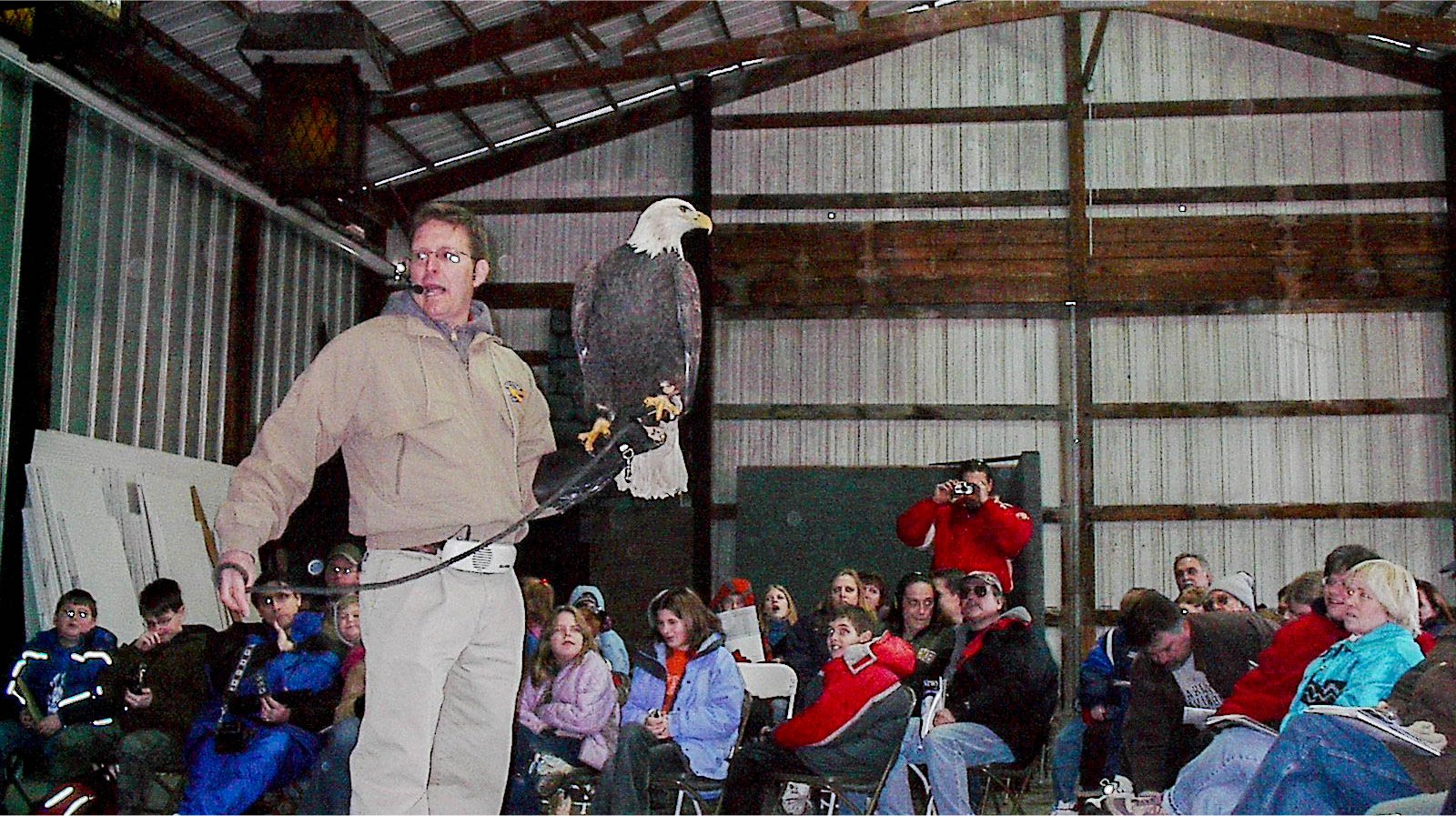Marion County Courthouse
100 S. Main Street
Palmyra, Missouri
In the spring of 1862 Col. Joseph E. Porter of the Confederate Army returned to northern Missouri, on the orders of a former Missouri Governor, General Sterling Price. His mission was to raise recruits throughout the region and to establish supply drops, weapons caches, and construct a network of Southern-sympathizing informants. The status of Porter and his recruit members of a regular army and not criminals and traitors were never fully recognized by his adversaries, particularly Col. John McNeil. McNeil was given command of the District of Northeast Missouri and the 2nd Missouri State Militia in the spring of 1862 with the special charge of clearing the area of guerillas.
McNeil chose Palmyra as his headquarters. Also stationed in Palmyra was Col. William R. Strachan, Provost Marshal General for Northeast Missouri, whose chief duty was to arrest citizens suspected or accused of sympathy with the Southern Confederacy and to administer to them the oath of loyalty and allegiance to the United States Government.
Porter managed to recruit approximately 2000 men and conducted a series of mostly successful raids throughout the spring and summer of 1862. After a major defeat at the Battle of Kirksville on August 6, Porter disbanded most of his regiment keeping with him about 400 men loosely headquartered in Lewis County. On September 12, 1862, Porter decided to raid Palmyra and release forty-five prisoners who had been captured and placed in the county jail and pick up arms and supplies belonging to the Federals. He picked a time when most of the Union forces under McNeil were off on a wild-goose chase at Monticello.
Old Marion County Jail
Porter and his men infiltrated on foot into the town and took over the business section of town. The federal forces, about one hundred strong, held the jail (photo left,) the courthouse and a two-story brick store at the corner of Main and LaFayette. Although the Union soldiers had the advantage of better rifles and more protection they surrendered after a brief fight. The Confederate losses were one man killed and one man wounded. The Federal forces had two men wounded at the Courthouse and perhaps two more wounded on the streets. The large copper ball, which currently rests in the Palmyra courthouse, was at that time an adornment atop the courthouse. The Confederates found it an attractive target to test their marksmanship on, resulting in several ragged bullet holes, which can be seen today.
Porter's men captured several prisoners among them was Andrew Allsman, sixty-year old carpenter and Union sympathizer who had the reputation of betraying his Confederate neighbors to the militia and was much disliked. After several skirmishes, Porter decided that Allsman was a liability and set him free. Allsman departed camp with a detail to see him safely to the city limits of Palmyra or to the nearest Union lines and he was never seen again. Speculation is that he was taken into the woods and shot.
On October 8, Provost Marshal William R. Strachan, acting for Colonel McNeil, published a notice in the Palmyra Courier, a local Union newspaper, the Palmyra Courier that unless Allsman was returned within ten days, ten former Porter men held as prisoners in Palmyra and Hannibal would be executed. Nothing was heard from Allsman, and McNeil was unyielding when Union sympathizer interposed to save the doomed men. On Saturday, October 18, wagons containing 10 pine coffins drew up before the jail and the procession to the fairgrounds began, each condemned man seated on his coffin. At the fairgrounds, a firing squad of 30 men put the Confederates to death. Some of the executioners evidently wavered, for only three of the ten were killed by rifle volley and a pistol party was sent forward to finish the execution.
The Palmyra Massacre was the last of the three executions that occurred in northeast Missouri during the fall of 1862, the others being at Kirksville in August and Macon in September. The Palmyra Massacre attracted nation-wide attention and is said to have been a subject of discussion in the cabinet of President Lincoln. Confederate President Jefferson Davis threatened to execute ten Union prisoners unless McNeil was handed over to the Confederacy, but the threat was never carried out.
Col. McNeil left Palmyra before the executions and went to St. Louis to give a newspaper interview explaining his actions. The executions were condemned by the New York Times and a number of international newspapers and is said to have been a subject of discussion in the cabinet of President Lincoln. Confederate President Jefferson Davis threatened to execute ten Union prisoners unless McNeil was handed over to the Confederacy, but the threat was never carried out. In order to stop the criticism McNeil's successor, Col. Lewis Merrill, relieved Strachan of his duty as Provost Marshall. McNeil was earned the title of "Butcher of Palmyra" and neither McNeil nor Strachan escaped the taint of their actions.
The Palmyra Confederate Monument Association erected a granite monument on the grounds of the Palmyra Courthouse on February 25, 1907. The monument lists the men executed who were Capt. Thomas A. Sidenor, of Monroe County; Willis J. Baker, Thomas Humston, Morgan Bixler, John Y. McPheeters and Hiram T. Smith of Lewis County; Herbert Hudson, John M. Wade and Marion Lair of Ralls County and Eleazer Lake of Scotland County.
Visiting the Palmyra Massacre Monument
The Palmyra Massacre Monument can be visited at any time
There is no charge to visit the Palmyra Massacre Monument
Explore the community of Palmyra














